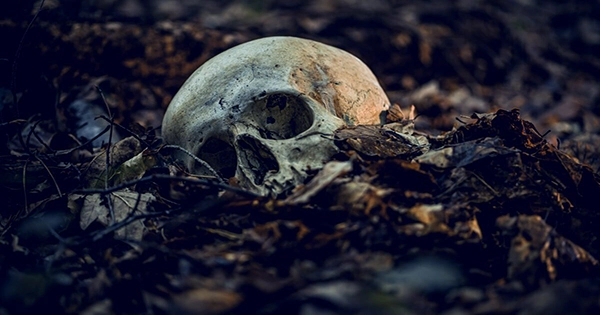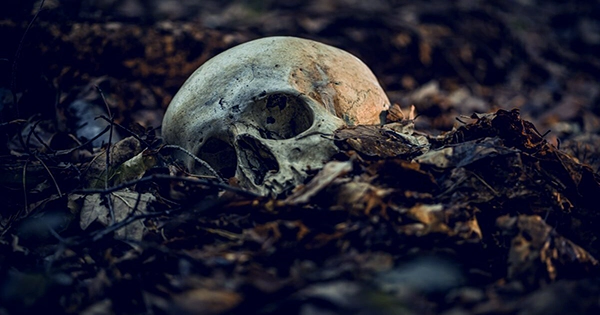Archaeologists in Poland have discovered the remains of a young woman who was once thought to be a “vampire.” A triangle padlock was placed on her big toe, and an iron sickle was placed across her neck when her body was discovered in a 17th-century cemetery. This was supposedly done to prevent her from causing trouble from beyond the dead.
The gruesome remains were just recently found in the Polish town of Pie by archaeologists from Nicolaus Copernicus University’s Archaeology Institute. There are a lot of unanswered questions, according to academics, but it’s obvious that something strange happened. The crew also discovered that her head was resting on a cushion and she was probably wearing a silk cap, indicating she came from an affluent household, in addition to the sickle across her neck and the padlocked toe.

Her cause of death is unknown; she might have been killed or she might have succumbed to sickness. Professor Dariusz Poliski, the project’s principal investigator, disagrees, stating that persons convicted of witchcraft were generally swiftly interred close to the gallows.
Instead, the researchers suspected the young woman was a vampire who might seek vengeance for her untimely death because of the strange things that were found spread across her.
According to Poliski, “it is possible that the woman encountered a catastrophe during her existence and was hurt. on the other hand, her look or behavior might have caused the locals to be terrified of her, but this may only be proven by further research on the bones.
“There are more questions than answers in the case of this mysterious grave in Pie because the 17th century was a time when people believed in vampires.”
Vampire legends have been around for thousands of years and may be found in several civilizations from almost everywhere in the world. During the early modern era, when there is a wealth of documentation of terrified populations dreading the wrath of undead creatures with a voracious thirst for blood, fears of these bloodsucking beasts were especially prevalent in Europe.
In 2016, Polish archaeologists unearthed three skeletons from tombs dating to the 13th and 14th centuries close to the village of Górzyca. The corpses had strange holes in their spines, indicating they had been nailed down to prevent them from rising again. In an effort to hinder their attempts to flee the tomb, the bodies had also been dismembered and buried face down.














